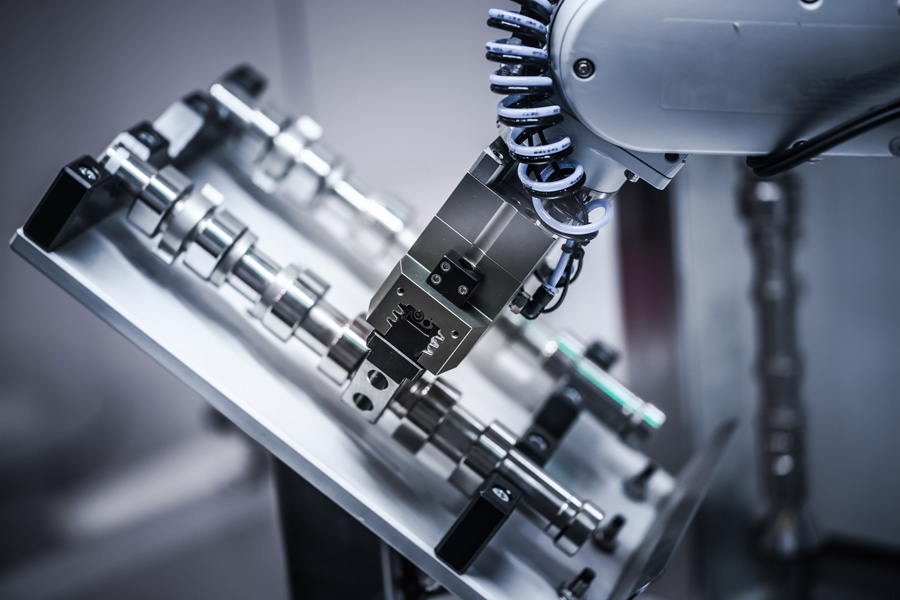
“Is it possible that the disruptive ideas of more than 150 countries will definitely trigger the shift to a circular fashion industry?”
To the first rhetorical question with which Accenture and H&M Foundation begin to analyze the current situation of the fashion industry in their report: Circular x Fashion Tech Trend, I add a second question, “And how can they do it?”
In this new post we will analyze the most important aspects, those that constitute the basis of this interesting report and that will give us the answers we are looking for. At the end of the article you can download this incredible report that is a must read for all those who are interested in getting a better understanding of circular fashion and its process towards “closing the loop”.
Circular fashion is the fashion of the future.
Humanity has global, social, economic and environmental dilemmas. Businesses can no longer rely solely on their internal resources to solve their daily problems; consequently, new collaborative business models are emerging.
The conversion of the process of “take, make, waste” into “take, make, take, make, take, make” gives circular economy a clear superiority and there is a potential profit equivalent to 4.5 billion dollars by generating sustainable circular economy business models by 2030.
Some of the successful innovations of last year’s Global Change Award were the digital threads woven into garments to facilitate recycling processes, the skin (leather) produced from the remnants of winemaking and the “nylon” generated from water, solar energy and vegetable waste.
The goal ahead of us, if we are to move towards circular fashion, is to identify trend concepts and ideas within innovation and establish fundamental strategies for unlocking the sustainable value of technology applied to the fashion industry. So we will get to the point where fashion industry technology can be defined as the place where the physical characteristics of a garment converge with a digital experience. It’s about using technology to transform the fashion industry.
Moving towards a sustainable fashion industry.
The textile and fashion industry is one of the most resource-intensive and also one of the most polluting. As we all know, it generates enormous amounts of waste. It is feasible to recycle or reuse about 90% of the garments, footwear and fashion accessories that are currently thrown away. However, only 15% is recycled or donated. There is an urgent need for innovation, development and technology to enable a transformation of the fashion sector from linear to circular (no waste) business models. On the path towards these noble purposes, technological advances have the capacity to accelerate the pace of a transformative process to reinvent the fashion industry.
Fashion and the Internet of things, an alliance for the future.
Technology is a very broad concept that can be divided into key categories. A part of digital technology aims to use the Internet of Things (IoT), which can be explained as the technological wave that connects billions of objects to the Internet. This connectivity allows intelligent objects to have their own identity and communicate valuable information that is then stored for further analysis.
Connected devices, such as smart phones, have the ability to collect data, generate efficiencies and minimize waste for both consumers and organizations across the industry. The IoT also contributes to the rapid growth of data generation and its subsequent storage.
The new conscious consumer.
“We have great challenges ahead of us. The way in which we currently consume resources will not be a viable possibility for the future. However, these challenges hold the greatest business opportunities as people strive to live and consume more sustainably. It is essential to support these innovations and new technologies because at an early stage they are extremely necessary for real and impactful change.
Partnerships and business models are evolving into interdependent ecosystems that have advantages and gains far beyond imminent economic and monetary outcomes. Both the organization and academia are calling for more inclusive and innovative ways of working.
Technology as the engine of sustainable fashion.
The need for sustainable fashion is now greater than ever. We are the ones who must protect our home, our planet and improve the living conditions of future generations, while at the same time ensuring clothing for a constantly growing population. This call for radical change must be the backbone of the fashion industry and must include its global leaders, without exception.
Technological innovation is the engine for the development of circular business models. Emerging technologies enable companies and fashion brands to generate value in a circular economy. In addition, technological development drives new processes, communication channels and ways of working. Ultimately, it allows for better use of resources and economic development.
Technological disruption nurtures innovation and creates sustainable value. The value potential of fashion technology is significant in social, economic and environmental aspects and it is safe to say that fashion technology concepts will be an important driver of transformation towards circular fashion and close the loop.
More technology applied to fashion equals more residual value!
For the players in the sector and the fashion industry, for those of us who are making comparisons every day, it is beginning to be particularly gratifying to see the increased use of digital technologies and their innovations. Technology can offer critical solutions to the sustainability challenges facing the industry.
Trends in circular fashion technology: digital, physical and biological technology.
Accenture found nine circular fashion technology concepts that can be used to generate sustainable value and reach the next level of circularity. These concepts are divided into three main categories based on the characteristics of the technologies used: digital, physical and biological.
In short, digital fashion technologies are based on electronics, communication and information technology. Physical technologies are based primarily on the elementary properties of the material, while biological technologies focus on the function and structure of living organisms, their systems and derivatives.
Para liberar totalmente el potencial de las tecnologías emergentes, primero debemos superar algunos desafíos con el objetivo de asegurar un impacto positivo en nuestro planeta y en las condiciones de vida, tanto a corto como a largo plazo.
Estos diferentes avances tecnológicos combinados proporcionan una enorme oportunidad para modificar el actual sistema de trabajo de la industria de la moda y generar los resultados deseados y planificados. Estos son:
To fully unlock the potential of emerging technologies, we must first overcome some challenges in order to ensure a positive impact on our planet and living conditions, both in the short and long term.
These different technological advances combined provide an enormous opportunity to modify the current working system of the fashion industry and generate the desired and planned results. These are:
Digital technology: Wearables | Circular consumption models | Connected supply chain.
Physical technology: 3D Solutions | Nanomaterials | Robotics.
Biological technology: Biological Materials | Renewable Energy and Bioenergy | Biomimicry.
As always, it will be a pleasure to meet all of you again on our Blog to continue analyzing this exciting shift towards circular fashion!
Download the report “Circular x Fashion Tech Trend” here
Si ya estás registrado o quieres unirte haz click aquí Registrarse / Unirse











































